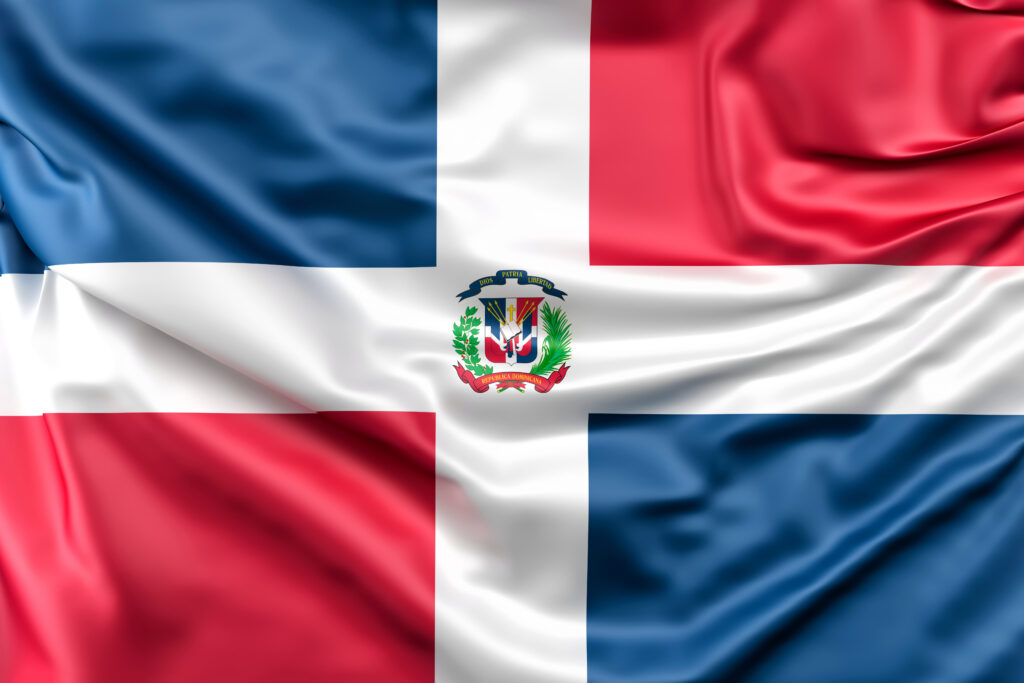
Introduction
The Dominican Republic, located on the eastern part of the island of Hispaniola in the Caribbean, is not just a tropical vacation destination; it’s a vibrant cultural tapestry brimming with history, natural beauty, and diverse experiences. With over six million tourists visiting annually, the Dominican Republic is the most popular destination in the Caribbean. Understanding its significance goes beyond just recognizing its beautiful beaches; it requires an appreciation of its cultural richness and economic importance in the region.
Main Attractions and Events
The Dominican Republic boasts stunning beaches, such as Punta Cana and Puerto Plata, known for their clear waters and golden sands. Additionally, the country’s diverse geography includes lush mountains, unique caves, and vibrant coral reefs. Activities such as whale-watching, hiking in the Cordillera Central, and exploring the historic Colonial Zone in Santo Domingo, the first permanent European settlement in the Americas, offer insights into the nation’s past and natural wealth.
Recently, the government has made significant strides in promoting sustainable tourism, aiming to balance economic growth with environmental preservation. For example, eco-friendly resorts are being developed, and initiatives have begun to protect the rich biodiversity of the region from the impacts of tourism.
Cultural Significance
Culturally, the Dominican Republic is a melting pot, merging indigenous Taíno, Spanish, African, and even French influences. The country’s music, particularly merengue and bachata, is renowned worldwide. Annual festivals, such as the Merengue Festival in Santo Domingo, celebrate this rich heritage and attract thousands of locals and tourists alike.
Economic Impact
The tourism sector significantly contributes to the Dominican Republic’s GDP, accounting for over 17% of the economy, according to the World Travel & Tourism Council. Even amid challenges posed by the COVID-19 pandemic, the country has shown resilience, with a slow but steady recovery trajectory as travel restrictions ease globally.
Conclusion
The Dominican Republic stands out not just for its breathtaking landscapes but also for its rich culture and economic relevance in the Caribbean. As it continues to attract tourists and adapt to changing global trends, the emphasis on sustainability and cultural preservation will likely shape its future. With efforts to enhance tourism experiences and protect natural resources, the Dominican Republic is poised to maintain its status as a premier destination for travelers seeking both adventure and cultural enrichment.




